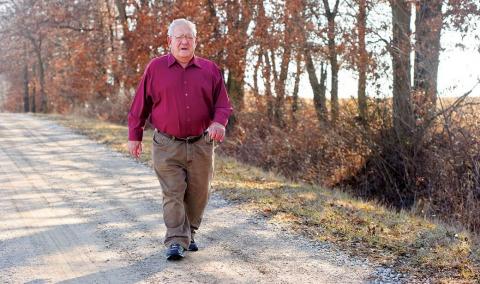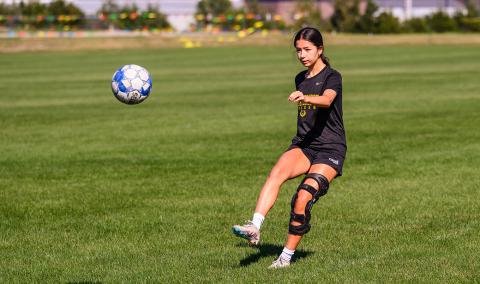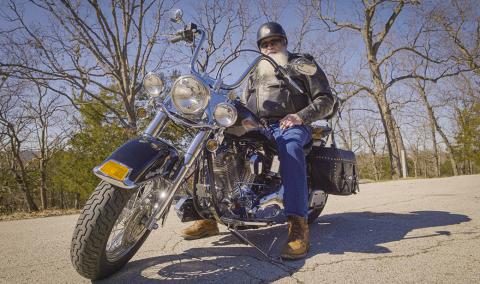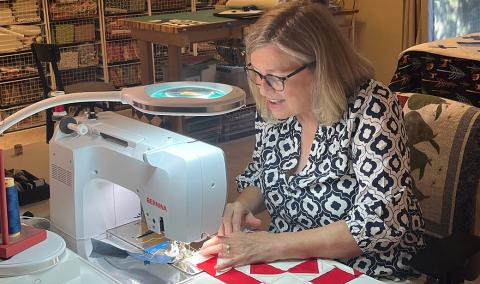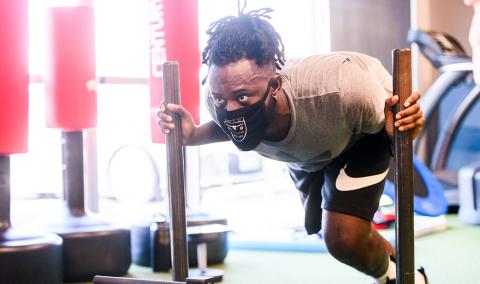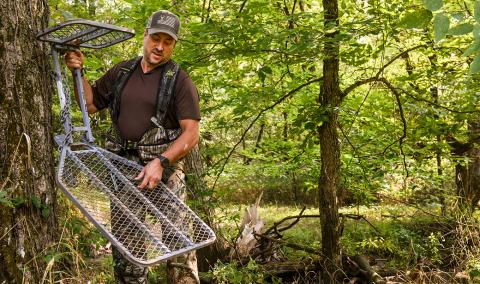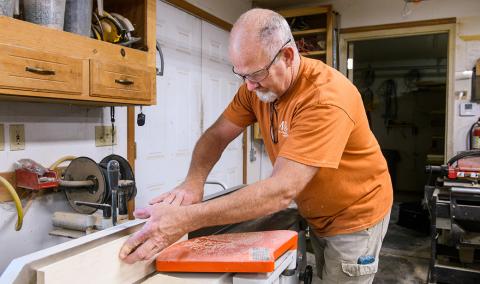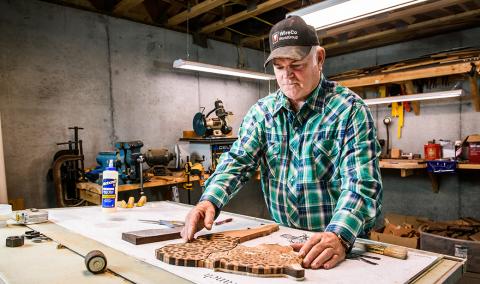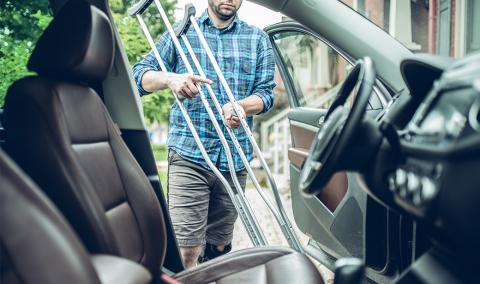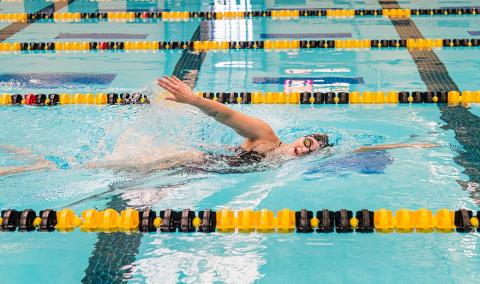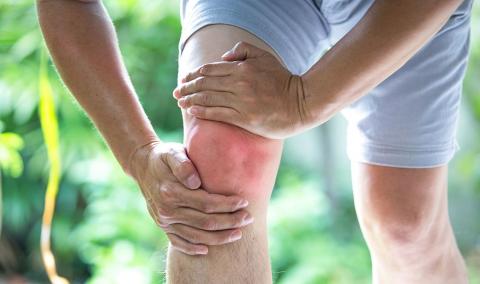If your big toe joint protrudes outward toward your other foot, or if your big toe turns toward your second toe, you likely have a bunion. Our foot experts can help with this common problem.
A bunion (hallux valgus deformity) is a painful bony bump on the inside of the foot caused by an unstable joint in the big toe. Bunions progress slowly, and over time, the structure of the bone changes, resulting in the bump that deforms the shape of the foot. If you have a bunion, walking and other everyday activities can be painful.
Bunion Pain
Bunions develop for many reasons, but they are generally thought to be caused by genetics and/or shoes that are too narrow, such as high heels. The most important thing when it comes to your feet is wearing shoes that fit properly. You might also consider wearing pads or toe spacers and modifying your activity to reduce time on your feet. Stretching and braces are options as well, but usually they are not effective in reducing pain.
If wearing different shoes or cushions doesn’t seem to help alleviate your bunion pain, it might be time to make an appointment to have your feet evaluated. Our foot specialists will discuss your options and help find a treatment tailored to your needs.
Bunion Surgery
Bunions are a three-dimensional problem caused by an unstable joint that needs to be corrected not by just shifting the bone, but by rotating it as well. Our experts use a procedure called Lapiplasty™ that targets all three dimensions for the surgical correction of bunions.
This method offers better results than traditional surgeries, which only address the problem on two dimensions and have higher bunion reoccurence rate and longer recovery time. Most patients can walk almost immediately after the Lapiplasty™ procedure, and the chance of reoccurence is much lower.
The Lapiplasty™ procedure, which is usually performed as an outpatient same-day surgery, involves performing a fusion (arthrodesis) of two bones in the foot. The goal of the fusion is to get two bones to grow together (or fuse). This requires plates and screws that stay in the foot forever. This hardware will not cause any problems traveling or with airport security.
Recovery
Total recovery time is three to six months. Patients are required to wear a walking boot on the foot for six to eight weeks. Once the bones show progress towards fusion (growing together), patients can transition to regular shoes, depending on their level of swelling and discomfort. Patients are able to gradually return to normal activity over the next two to three months.
Complications are rare and infrequent but can include prolonged swelling, infection, poor incision healing, non-union (bones do not fuse), and reoccurence of the bunion. The need for revision surgery also is rare.



